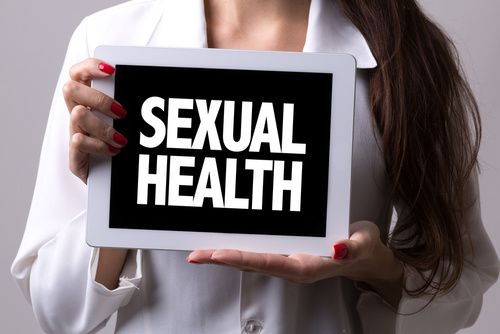Public Health Watch: Latest STI Numbers for US a “Call to Action”
CDC report highlights disparities among “racial, ethnic, gender, and sexual” minorities.

We may be in the midst of the COVID-19 pandemic now, but we’ve arguably been dealing with another epidemic for some time.
New data released from the US Centers for Disease Control and Prevention on April 13 has revealed that reported annual cases of sexually transmitted infections (STIs) across the country reached an all-time high for the sixth consecutive year in 2019, the most recent year for which figures are available. Fueling the most recent increase, in 2019, are an estimated 2.5 million new cases of chlamydia, gonorrhea, and syphilis, the three most-reported STIs nationally.
Given that the findings highlight the continuation of an ongoing trend, they hardly come as a shock. Still, experts urge both healthcare professionals and the public to view them as a “call to action.”
“These data are not new—we have been seeing these increases for several years. But what is truly concerning is that the increases in STIs are among racial, ethnic, gender, and sexual minority groups, who may not have safe or available access to sexual health services,” Jill Blumenthal, MD, an associate professor of medicine in the Antiviral Research Center at the University of California-San Diego Medical Center told Contagion®. “The time is absolutely now for infectious disease specialists and public health professionals to work collaboratively alongside these affected populations to develop innovative strategies to reach those most impacted by these trends.”
Although there was a nearly 30% increase in reportable STIs between 2015 and 2019, the burden of these diseases is “not equal,” to use the CDC’s phrase. Black Americans were 5 to 8 times as likely to be diagnosed with an STI during the period, compared to White Americans. Similarly, American Indian or Alaska Native and Native Hawaiian or Other Pacific Islander people had 3- to 5-fold higher risks for STIs compared to White Americans, while Hispanic/Latino people had up to double the risk.
In addition, gay and bisexual men made up nearly half of all primary and secondary syphilis cases in 2019, and rates of gonorrhea within this group were 42 times that of heterosexual men in some parts of the country.
What’s particularly alarming about these figures, according to observers, is that they run counter to trends seen in other “Western” or “developed” countries. Indeed, based on figures from the World Health Organization (WHO), Europe, for example, has managed to keep the incidence of STIs relatively low, outside of an uptick in chlamydia cases in the mid-2000s and rises in gonorrhea incidence 10 years earlier.
“We are one of the few … developed countries without comprehensive sex education in schools—and this has been true for the 40 years of my life,” Megha Ramaswamy, PhD, MPH, professor of population health at the University of Kansas School of Medicine in Kansas City, said. “This alone is sufficient to explain disparities in sexual health respective to other Western countries. We also don't have universal health insurance and have incredible stigmas about sex, pleasure, and sexual health—all of which contribute to these disparities. The US is also unique in the West in its politicization of women’s health and sexual health, which does a huge disservice in terms of policies, programs, and resources that might mitigate the STI burden.”
In addition to bolstering sex education programs in schools and destigmatizing sex and sexual health, school, public health, and political leaders nationally must get behind initiatives that “normalize” safe sex practices and make STI prevention options, such as preexposure prophylaxis (PrEP) for HIV and the HPV vaccine, “ubiquitous,” Dr. Ramaswamy added. To date, uptake of PrEP “remains relatively low, due to issues with reimbursement, provider biases, lack of provider knowledge, diffusion of misinformation through media sources, and individual lack of sexual health literacy,” she noted.
“Until those issues are addressed, we really can't expect to realize the benefits of these innovations,” she said.
Blumenthal agreed. “There are many factors that are likely driving these trends [in STI rates]—including… decreased condom use among vulnerable populations and provider complacency—but one of the most significant is decreased funding for and access to STI services, which has been exacerbated during the COVID-19 pandemic,” she said.
Meaning: We can’t afford to lose sight of the epidemic because of the pandemic.
